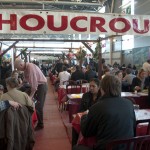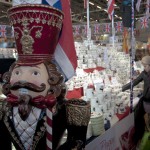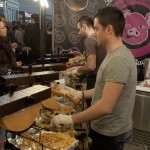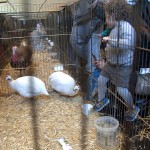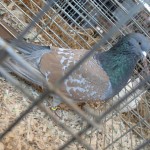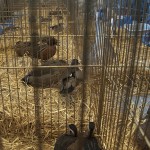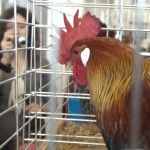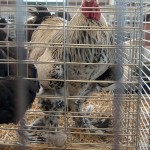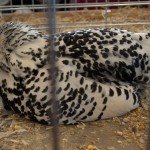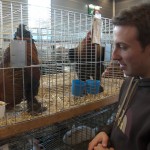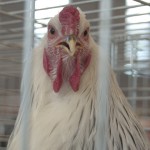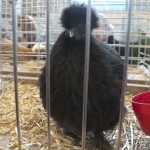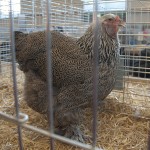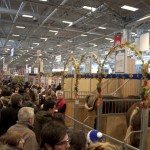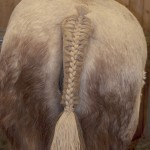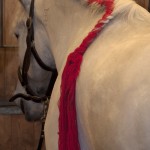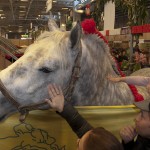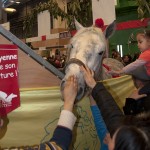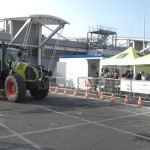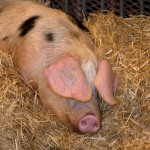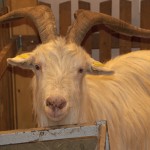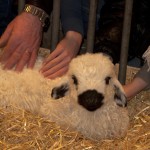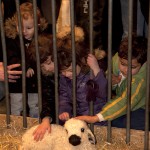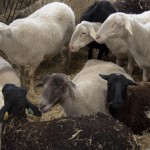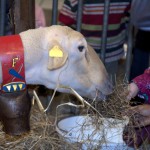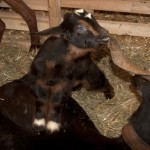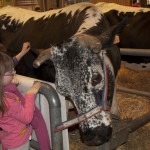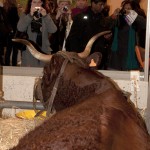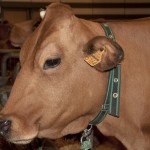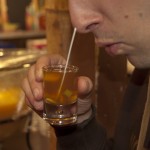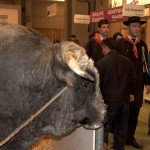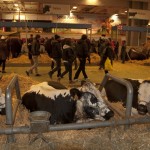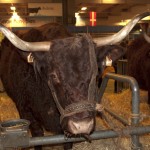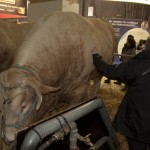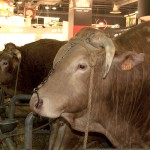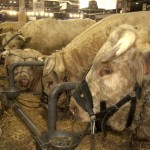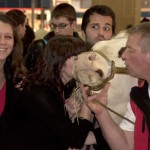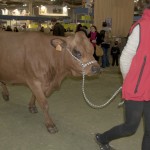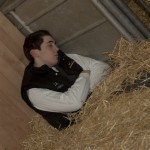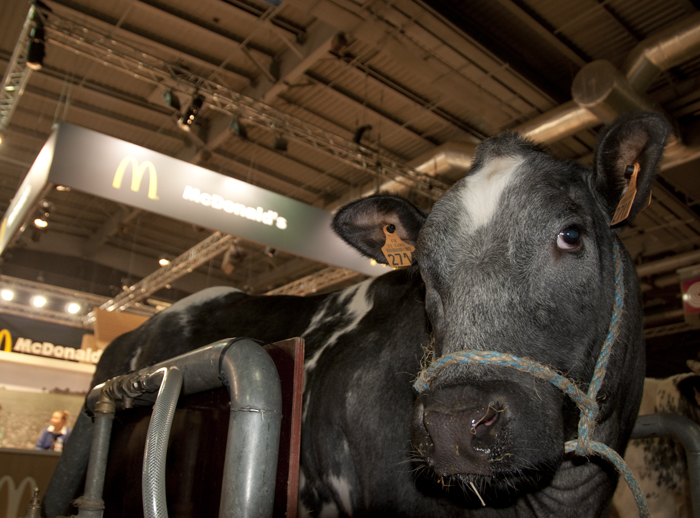
I’ve written about the risk, and in some neighborhoods the statistical inevitability, of stepping in dog crap in Paris. I never thought I’d write about dodging fresh cow dung in the City of Light, but I also hadn’t yet heard of the Salon International de l’Agriculture.
The “International Exhibition of Agriculture” is a week-long showcase of the French agricultural industry where the 27 different administrative regions of France showcase their regional specialties, from wine and food, to equipment and livestock.
To the Parisian, Le Salon is a gastronomic tour of France where they can see and feel the live animals from which many of the featured foods are derived.
To the farmer, Le Salon is an opportunity to come to network, make a little money, and visit France’s capital. (As the rural French are widely regarded as friendlier than the jaded Parisians, it is joked that this is the only week that people greet one another on the subway).
To the agricultural industry, Le Salon is a showcase to remind politicians and the populace why they receive so many subsidies, and should continue to do so.
To the politician, Le Salon provides the recognition that farmers, and the residents of the regions they represent, vote. In fact, there is tacit competition amongst French presidents to see who shows the most interest in the annual event. Francois Holland, France’s current president, reportedly stayed ten hours on opening day this year and shook over 10,000 hands. Jacque Chirac (1995-2007) was famous for eating and drinking specialties from each area, but shockingly preferred beer over wine. The rich Nicolas Sarkozy (2007-2012), on the other hand, didn’t drink at all; a political maneuver that further alienated him from most of the French.
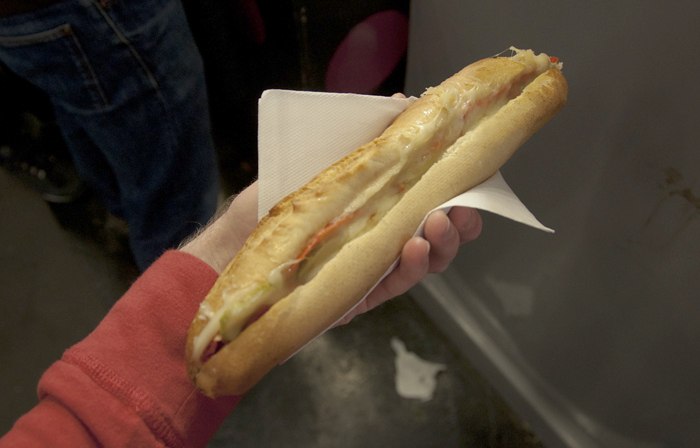
To the North American, the farm animals and fair food of Le Salon looks like a French interpretation of a county fair. But instead of culinary trends geared around the next junk food item to fall into a deep-fat fryer, walking through the vast exhibition space allows you to taste identities that have been cultivated over centuries: Choucroute (French “sauerkraut”) and sausage from the German-influenced Alsace region, Tartiflette (potatoes, onions, and cheese, baked) from Burgundy, craft beer from Nord-Pas-de-Calais, fruit punch from the Caribbean island of Guadeloupe. Even countries like Senegal, Ivory Coast, Poland, Morocco, and Czech Republic send representation to ensure that people don’t leave hungry.
Much like a county fair back home, over-eating and binge drinking was encouraged, if not outright expected. I indulged in a baguette stuffed with bubbling Raclette cheese from the Alps, a Belgian beer, and a shot of ti punch—an intoxicating mix of chopped lime, brown sugar, and rum—from Martinique.
The enormous venue at Parc d’Exposition—on the southern border of the city—was familiar to me as it also hosted the Paris International Auto Show. A half million dollar Lamborghini’s had been replaced with acres of trodden hay and half-ton heifers. (At least the latter run on biofuel, which they also pungently produced in large quantities).
I was struck with how accessible livestock were; people could literally walk right up to touch the cows, including 1700 kilogram bulls. Some parents even placed their children on top of resting bovines for photo ops. While placid during our visit—and tied up—I doubt any bull would remain so after a teenager jumped on top of him, a feat that could be accomplished with only moderate effort. This mixed with the fact that numerous alcohol producers were serving people well beyond the point of intoxication was enough for a personal injury to drool like a tethered bull with anticipation.
Several ti punches shy of doing anything stupid, my friend Ben and I perused the aisles of cows, horses, pigs, goats, and sheep sent from all over France—370 breeds in total. A separate building held an array of captive ducks, chickens, and pigeons, from Baikal Teals to Helmeted Guineafowl.
When I go to my next county fair in the States, I’ll miss the wine tastings.



